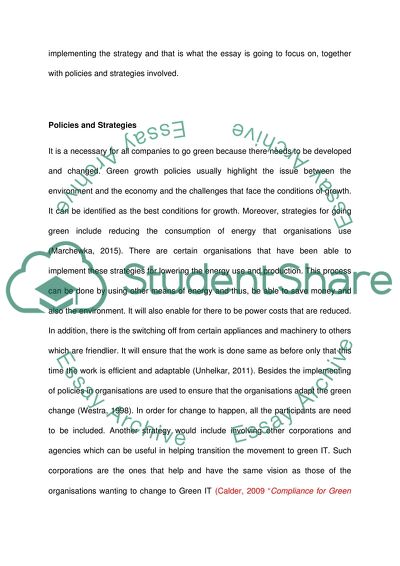Cite this document
(Challenges of Green IT Research Paper Example | Topics and Well Written Essays - 3000 words, n.d.)
Challenges of Green IT Research Paper Example | Topics and Well Written Essays - 3000 words. Retrieved from https://studentshare.org/information-technology/1873296-green-it
Challenges of Green IT Research Paper Example | Topics and Well Written Essays - 3000 words. Retrieved from https://studentshare.org/information-technology/1873296-green-it
(Challenges of Green IT Research Paper Example | Topics and Well Written Essays - 3000 Words)
Challenges of Green IT Research Paper Example | Topics and Well Written Essays - 3000 Words. https://studentshare.org/information-technology/1873296-green-it.
Challenges of Green IT Research Paper Example | Topics and Well Written Essays - 3000 Words. https://studentshare.org/information-technology/1873296-green-it.
“Challenges of Green IT Research Paper Example | Topics and Well Written Essays - 3000 Words”, n.d. https://studentshare.org/information-technology/1873296-green-it.


